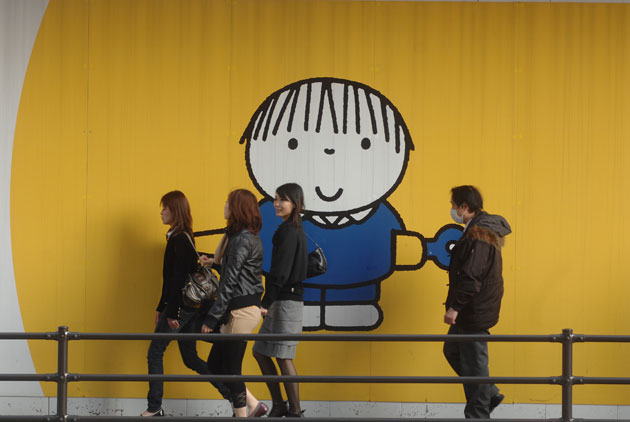Family firms adopt an unusual approach to remain competitive
Dec 1st 2012 | TOKYO
| from the print edition

ANDREW CARNEGIE, a 19th-century tycoon, famously said that inherited wealth “deadens talents and energies”—one reason why he gave most of his fortune to charity. Business research tends to support the Carnegie thesis. Companies controlled by heirs often underperform competitors that have professional managers. Except, apparently, in Japan.
A forthcoming paper* in the Journal of Financial Economics finds not only that inherited family control is still common in Japanese business, but that family firms are “puzzlingly competitive”, outperforming otherwise similar professionally managed companies. “These results are highly robust and…suggest family control ‘causes’ good performance rather than the converse,” say the authors.
Japan boasts some of the world’s oldest family-run businesses, and many family firms—Suzuki, Matsui Securities, Suntory—break the rule of steady dynastic decline. So how do Japanese firms do it? The answer, says the paper, is adoption.
Last year more than 81,000 people were adopted in Japan, one of the highest rates in the world. But, amazingly, over 90% of those adopted were adults. The practice of adopting men in their 20s and 30s is used to rescue biologically ill-fated families and ensure a business heir, says Vikas Mehrotra, of the University of Alberta, the paper’s lead author. “We haven’t come across this custom in any other part of the world.” Though the phenomenon has been previously documented, its impact on a company’s competitiveness has not.
Japan’s sliding birth rate has created many one-child families, and although daughters can manage the company back-office, in Japan its outward face must still be male, says Chieko Date. She is one of several marriage consultants who help match ambitious young men and the marriageable daughters of business families.
If the meetings go well, the men agree to drop their own surname and are adopted by their new bride’s family, becoming both the head of the clan and of its business. Ms Date’s consultancy claims to have brokered 600 of these marriages, known in Japan as mukoyoshi (literally “son-in-law adoption”). Most of her clients are families who own small and medium-sized businesses. She says the union cannot be just a business transaction. If the couples do not like each other, both marriage and business will fail.
If they feel that nature has shortchanged them, some families will even bypass a biological son for an adopted one—a fairly common practice, says Mr Mehrotra. In theory, this gives family businesses access to the same-sized talent pool as a professionally managed firm would have, he writes, and may even induce a sturdier work ethic among biological children.
Frustratingly, the paper’s research stops in 2000. Mariko Fujiwara, a sociologist, says more Japanese parents are now willing to accept the end of the family line. But she adds that Japanese marriages will always have cultural and legal implications because the future of so many businesses depends on who takes them over.
* “Adoptive Expectations: Rising Sons in Japanese Family Firms”, by Vikas Mehrotra, Randall Morck, Jungwook Shim and Yupana Wiwattanakantang.







 Former Olympus executives arrested
Former Olympus executives arrested
 Ousted Olympus CEO makes comeback
Ousted Olympus CEO makes comeback
 Olympus issues an apology of sorts
Olympus issues an apology of sorts



 圖片來源:天下雜誌
圖片來源:天下雜誌 

